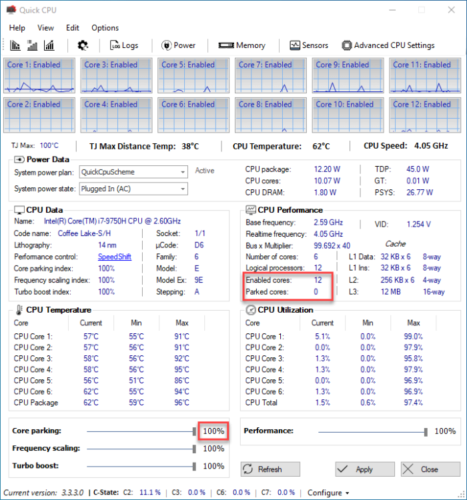
If you wish to know what your processor’s base frequency is, this section will provide you with that information. So, when it comes to CPU performance, it’s identical to CPU data in that it merely displays the data and doesn’t allow you to interact with it. Everything beneath this region can now only be observed, so don’t try to interact with it. It will display the processor’s name, codename, Lithography, socket, and other information. This section is ideal if you don’t know much about the processor in your computer. You can, for example, adjust the System power plan, System power state as well as check CPU temperature and speed. This section contains information on the capabilities of your computer.

So, if you go to the Main Menu, you should see a number of options, one of which is Power Data. Change system performance to fit your needs.We’ll go over the following features in this post: It isn’t the greatest of its kind, but we feel that for the most part, most users will be totally satisfied with what it has to offer. We can confidently state that this program is impressive and functions as intended based on our extensive use of it. Quick CPU – Monitor CPU performance & Power consumptionĬPU Temperature (Package and Core Temp), CPU Performance, Power, Voltage, Current, Core Parking, Frequency Scaling, System Memory, Turbo Boost, C-States, Speed Shift FIVR Control, and more can all be checked using Quick CPU. Quick CPU is the software in question, and the fundamental idea behind it is to assist customers in fine-tuning their computers and monitoring system performance. However, there have been moments when we’ve came across good software that deserves to be discussed. There are various third-party solutions available, as well as ways to use built-in capabilities in Windows 10. We’ve talked about a few different techniques to keep up with system performance throughout the years. Quick CPU lets you monitor and optimize CPU performance and Power consumption.


 0 kommentar(er)
0 kommentar(er)
